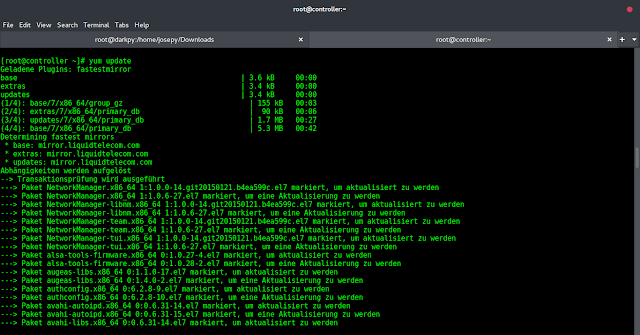numpy.empty(shape, dtype = float, order = ‘C’) : Return a new array of given shape and type, with random values.
Parameters :
-> shape : Number of rows -> order : C_contiguous or F_contiguous -> dtype : [optional, float(by Default)] Data type of returned array.
# Python Programming illustrating# numpy.empty method import numpy as geek b = geek.empty(2, dtype = int)print("Matrix b : \n", b) a = geek.empty([2, 2], dtype = int)print("\nMatrix a : \n", a) c = geek.empty([3, 3])print("\nMatrix c : \n", c) |
Output :
Matrix b : [ 0 1079574528] Matrix a : [[0 0] [0 0]] Matrix a : [[ 0. 0. 0.] [ 0. 0. 0.] [ 0. 0. 0.]]
Note : empty, unlike zeros, does not set the array values to zero, and may therefore be marginally faster.
Also, these codes won’t run on online-ID. Please run them on your systems to explore the working
This article is contributed by Mohit Gupta_OMG 😀. If you like Lazyroar and would like to contribute, you can also write an article using contribute.geeksforgeeks.org or mail your article to contribute@geeksforgeeks.org. See your article appearing on the Lazyroar main page and help other Geeks.
Please write comments if you find anything incorrect, or you want to share more information about the topic discussed above.


… [Trackback]
[…] Find More Information here to that Topic: geeksforgeeks.org/numpy-empty-in-python/ […]